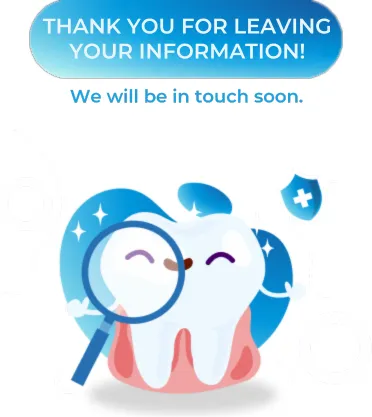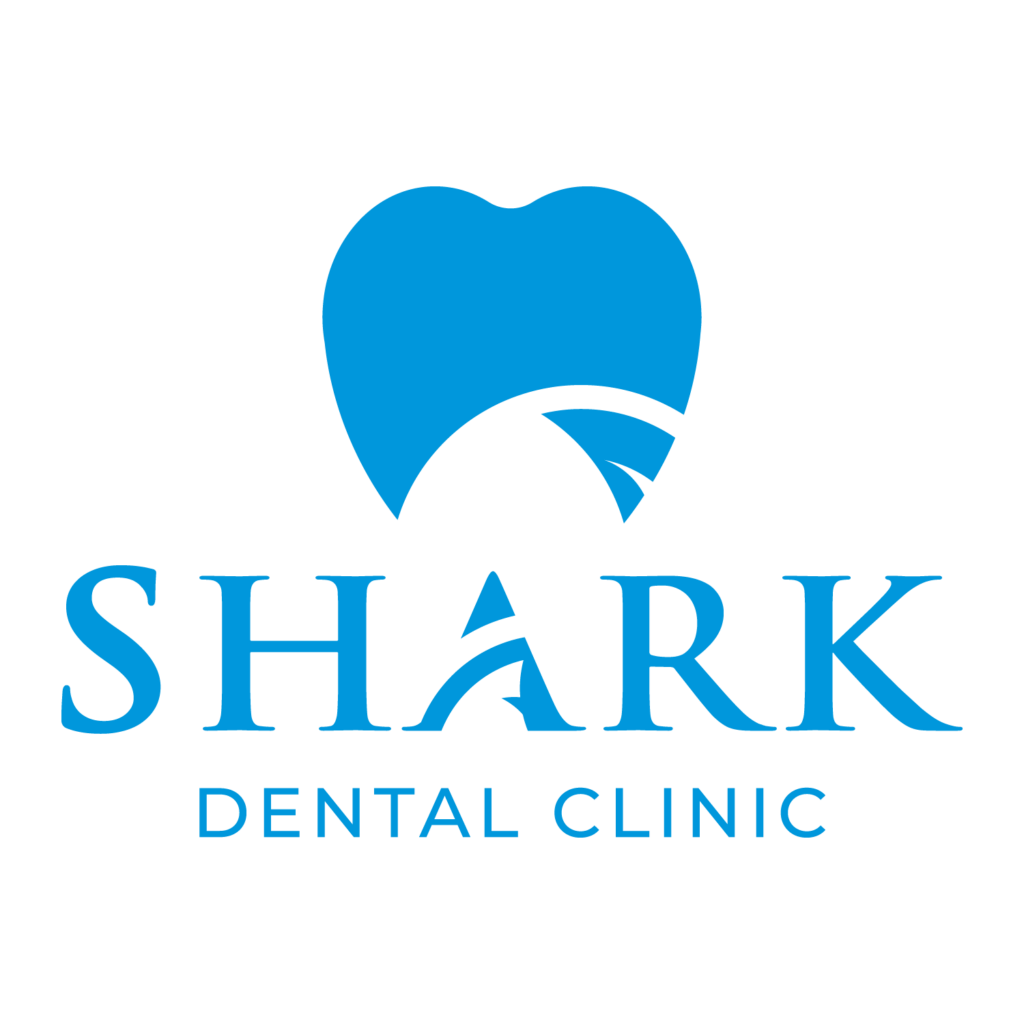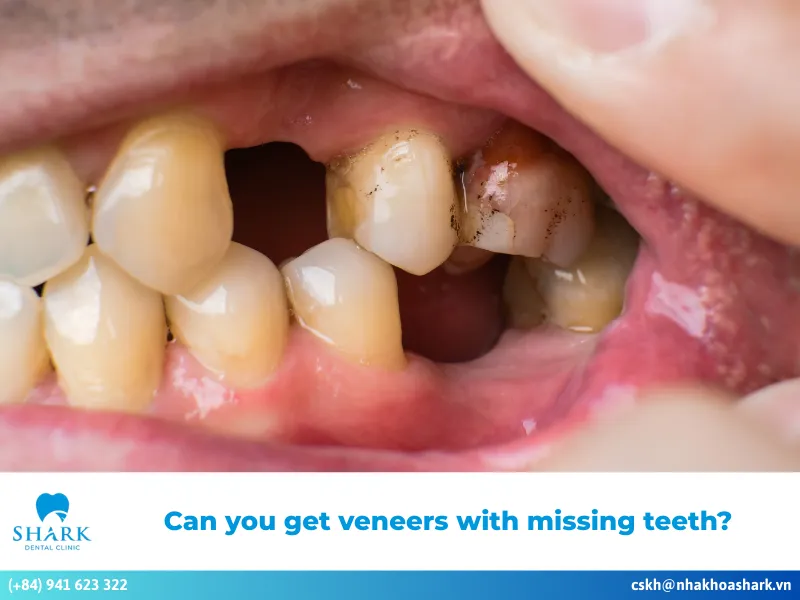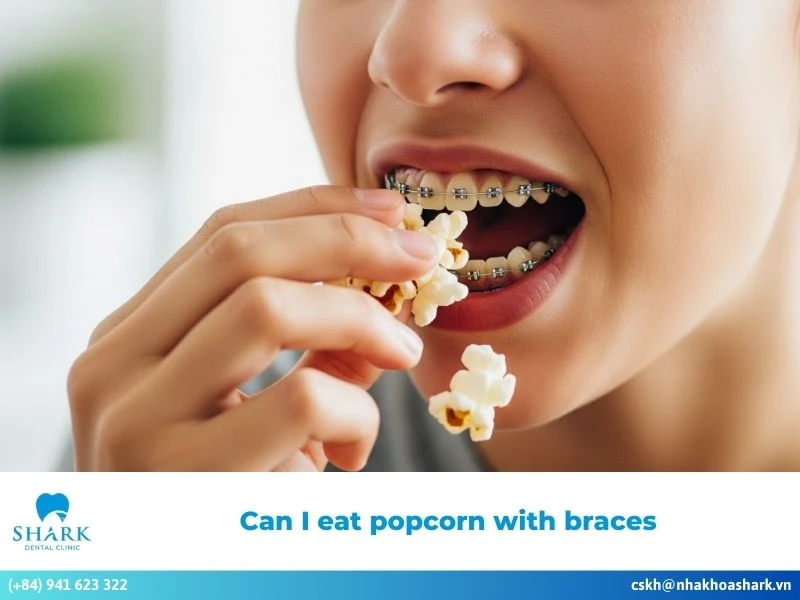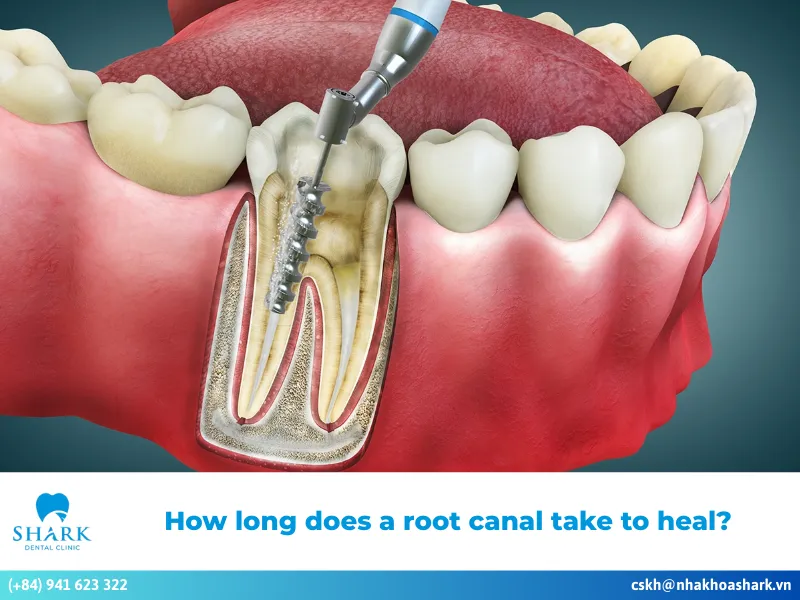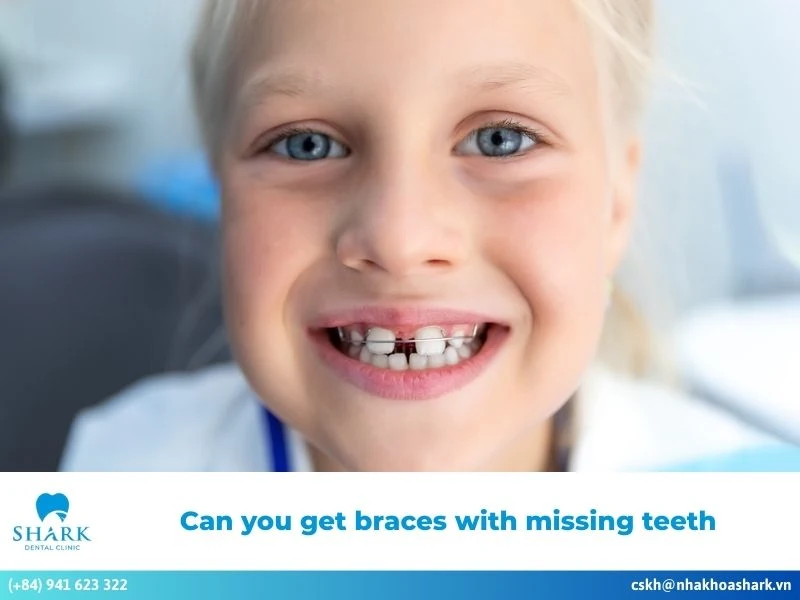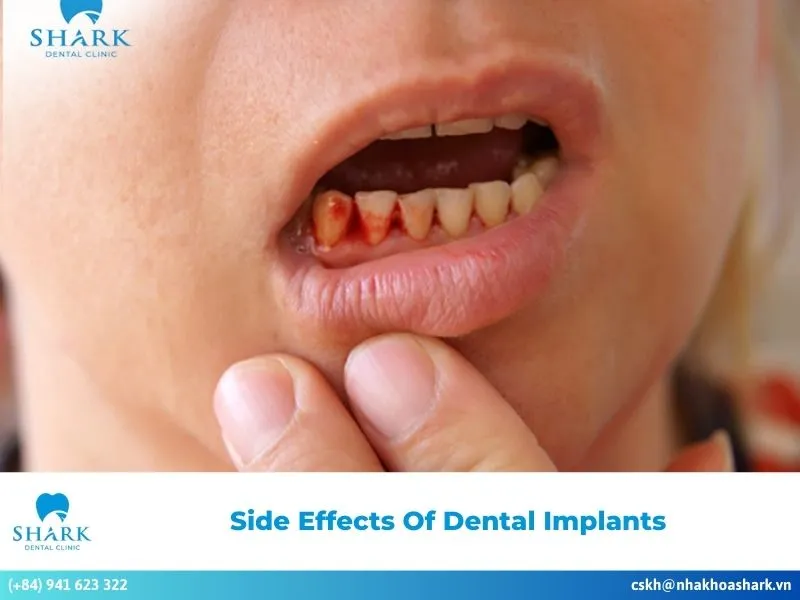Braces are an orthodontic method used to address dental issues such as gaps, overbites, and underbites. They can be applied to both children and adults. However, many people are uncertain about the question of how old do you have to be to get braces, and the ideal age is typically between 12 and 16 years old. Let’s explore the details in this article with Shark Dental!
How old do you have to be to get braces?
Dental specialists recommend that children should ideally get braces between the ages of 12 and 16. This age range answers the common question of what age can you get braces, as it’s typically two years after the onset of puberty when the teeth and jawbone are still developing. At this stage, the jaw structure has not yet fully stabilized, making it easier for teeth to move into their desired positions on the dental arch.
During this period, orthodontic treatment is often most effective and tends to shorten the overall treatment time. Additionally, correcting issues such as crooked teeth, underbites, or crowding can be simpler and more effective, often without the need for tooth extractions.
After braces are applied, the child’s jawbone, teeth, and gums will continue to develop until all permanent teeth have fully erupted. Therefore, parents should monitor their child’s dental development closely and schedule regular dental check-ups to address any abnormal issues promptly. This is why dental professionals often recommend starting orthodontic evaluations as soon as permanent teeth begin to emerge.
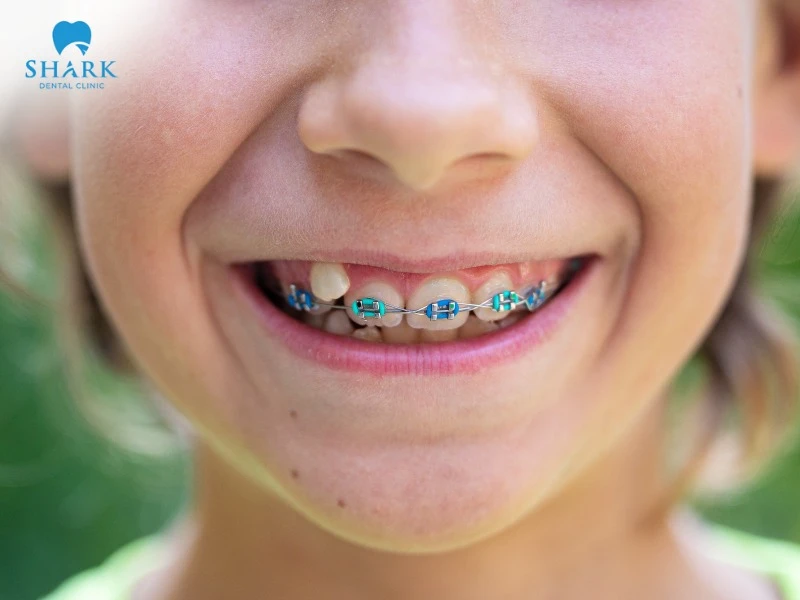
How do you know if your child needs braces?
In addition to questioning the appropriate age for braces, many parents are uncertain whether their child actually needs them. Here are some common signs that orthodontic treatment may be necessary:
- Crowded or overlapping teeth: If teeth are crowded or overlapping, children may struggle with oral hygiene and chewing. Braces can help realign teeth, reducing the risk of cavities and gum disease due to inadequate cleaning.
- Spacing between teeth: Large gaps between teeth can indicate spacing issues. Early intervention with braces can help position the teeth correctly, ensuring a healthy and attractive smile into adulthood.
- Protruding front teeth: If the front teeth stick out, it can affect speech, pronunciation, eating, and daily activities. This is a common sign that early orthodontic treatment is necessary to improve both function and appearance.
- Bite problems: Conditions such as underbites, deep bites, open bites, or crossbites not only impact chewing function but can also affect overall facial structure. These issues should be corrected with timely orthodontic treatment.
- Difficulty chewing: If your child struggles to bite or chew food, it may indicate a misaligned bite. Early treatment is important to prevent long-term oral health problems.
- Speech difficulties: Crooked or misaligned teeth can interfere with pronunciation and communication. Braces can help reposition teeth, improving both appearance and speech clarity.
- Early or late loss of baby teeth: If baby teeth fall out too early or too late, it may disrupt the emergence of permanent teeth, leading to misalignment. Parents should consider an early dental evaluation for their child, followed by orthodontic intervention if necessary.
Dentists will provide timely advice based on the specific oral conditions observed during clinical examinations, ensuring effective and safe orthodontic treatment plans for children.
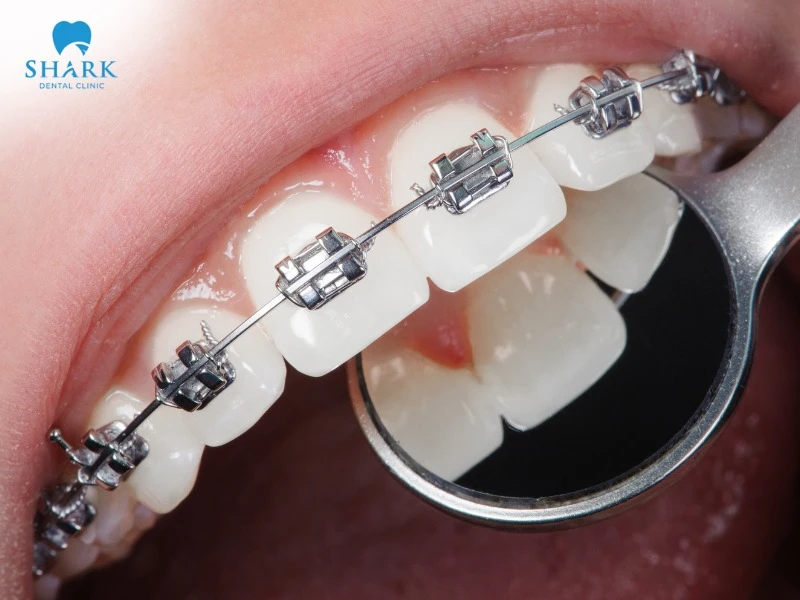
What happens if your child doesn’t get braces early?
If a child has dental problems, such as protruding teeth, underbites, or spacing issues, and does not receive early orthodontic treatment, it can impact not only their appearance but also their ability to communicate and chew food properly. More significantly, some children may develop facial asymmetry due to jaw misalignment, which can lead to a lack of confidence in daily life.
Here are some common risks associated with delaying braces:
- Communication and eating difficulties: Without timely orthodontic intervention, children may experience bite misalignment, which can hinder their ability to chew and speak properly. This misalignment can also contribute to speech issues, such as lisping.
- Increased risk of oral diseases: Crowded or uneven teeth are major contributors to oral health problems, including gingivitis, cavities, and periodontal diseases.
- Aesthetic concerns: If crooked teeth are not corrected in a timely manner, the jawbone may develop unevenly, leading to less attractive smiles and potential facial asymmetry. This situation can often diminish a child’s confidence in social interactions.
- Bite and jawbone misalignment: Uncorrected crooked teeth increase the likelihood of open bites, protrusions, or underbites, which can lead to disorders in bite function and jaw alignment.
If orthodontic treatment is delayed, the jawbone becomes more rigid as the child grows, making future corrections much more complex, time-consuming, and costly in adulthood.

How can braces change your child’s life?
Braces are a common orthodontic solution used to correct crooked or misaligned teeth through specialized appliances like brackets and archwires. Once treatment begins, your child’s life can improve in several positive ways:
- Straighter, more beautiful teeth: With the gentle pressure applied by orthodontic appliances, teeth gradually shift into the desired position. This helps children achieve a straight, well-aligned smile, boosting their confidence with a brighter, more attractive appearance.
- Improved bite alignment: Early and appropriate orthodontic treatment addresses bite issues, leading to a more balanced and harmonious facial structure. This is one of the most significant benefits of wearing braces.
- Enhanced aesthetics: Braces not only straighten teeth but also improve overall facial proportions. Children gain a better smile along with an enhanced facial appearance.
- Reduced risk of dental problems: When teeth are correctly aligned, maintaining oral hygiene becomes easier. This reduces the likelihood of food debris and bacteria buildup, lowering the risk of cavities, gingivitis, and periodontal disease.
In conclusion, timely orthodontic treatment offers more than just cost-effective results; it provides long-term benefits. Early intervention with braces helps children achieve a healthier smile, decreases the risk of oral diseases, and increases their confidence in daily life.
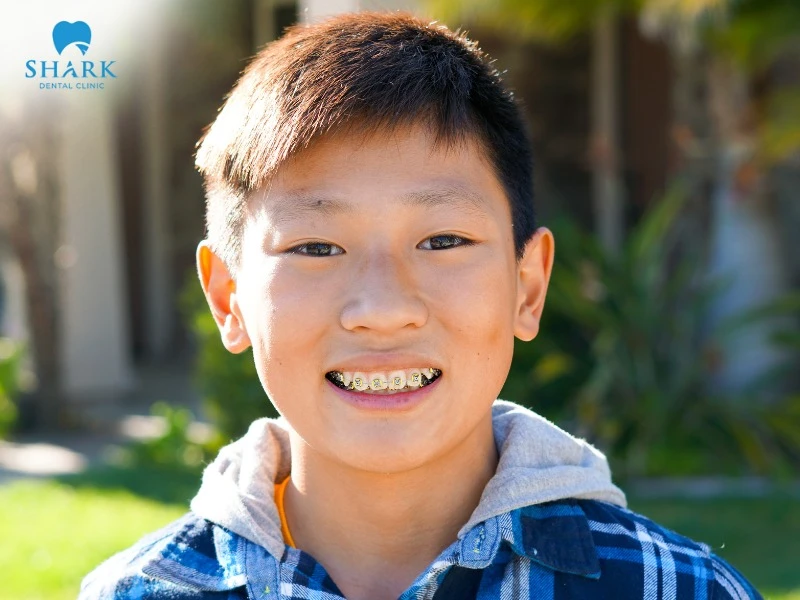
How much do braces cost for children?
The cost of braces for children generally ranges from $950 to $4900 per treatment course. Below is the current orthodontic price list from Shark Dental Clinic for your reference:
These prices are for reference only and may vary depending on factors such as the timing of treatment, the child’s oral condition, and the orthodontic method chosen. For the most accurate cost estimate, it is best to visit a reputable dental clinic for a detailed consultation!
How long do children wear braces?
Typically, children need to wear braces for about 6 months to 1 year. This duration is usually shorter than for adults because children’s jawbones are still developing, making tooth alignment easier and faster. However, the exact duration also depends on the child’s age and dental condition:
- Children aged 8–10: This is the stage when permanent teeth are replacing baby teeth. Orthodontic treatment at this age helps create enough space for permanent teeth to grow into the correct position. Treatment duration typically ranges from 6 to 10 months, depending on the individual case.
- Children aged 11–16: During this period, the jawbone is still developing, which allows orthodontists to effectively guide teeth into proper alignment and minimize bite problems. Braces at this age may take 6 months to over 1 year.
>>> Read more: Soft foods for braces
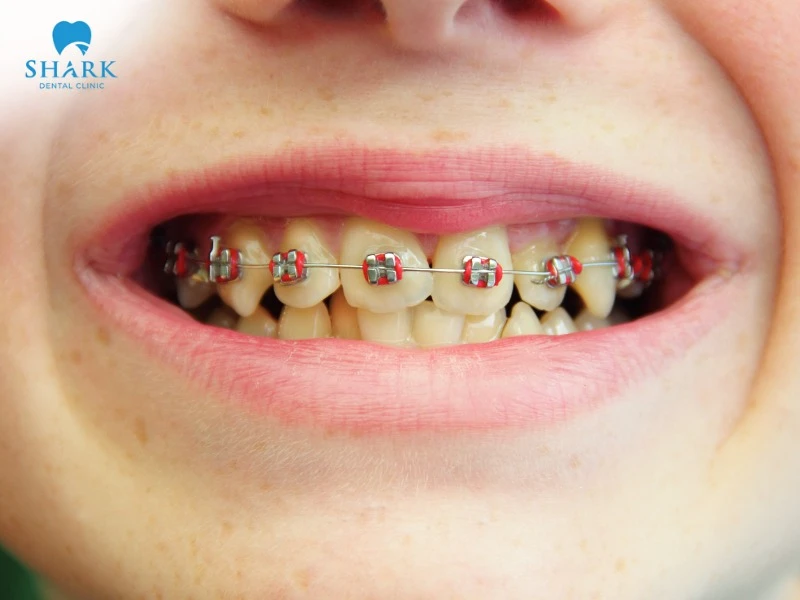
In summary, Shark Dental Clinic has provided detailed information about the appropriate age for braces, treatment costs, and the duration of wear. We hope this information helps parents better understand orthodontics and make informed decisions at the right time, ultimately giving their child a healthier and more confident smile.

